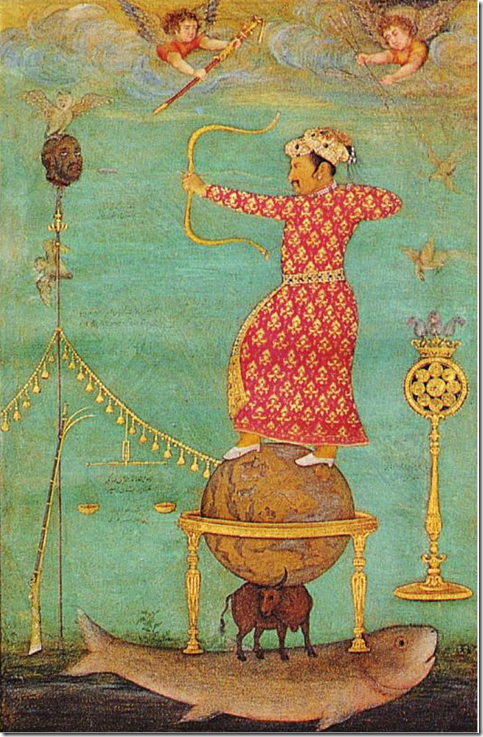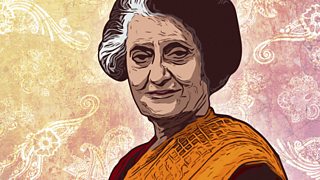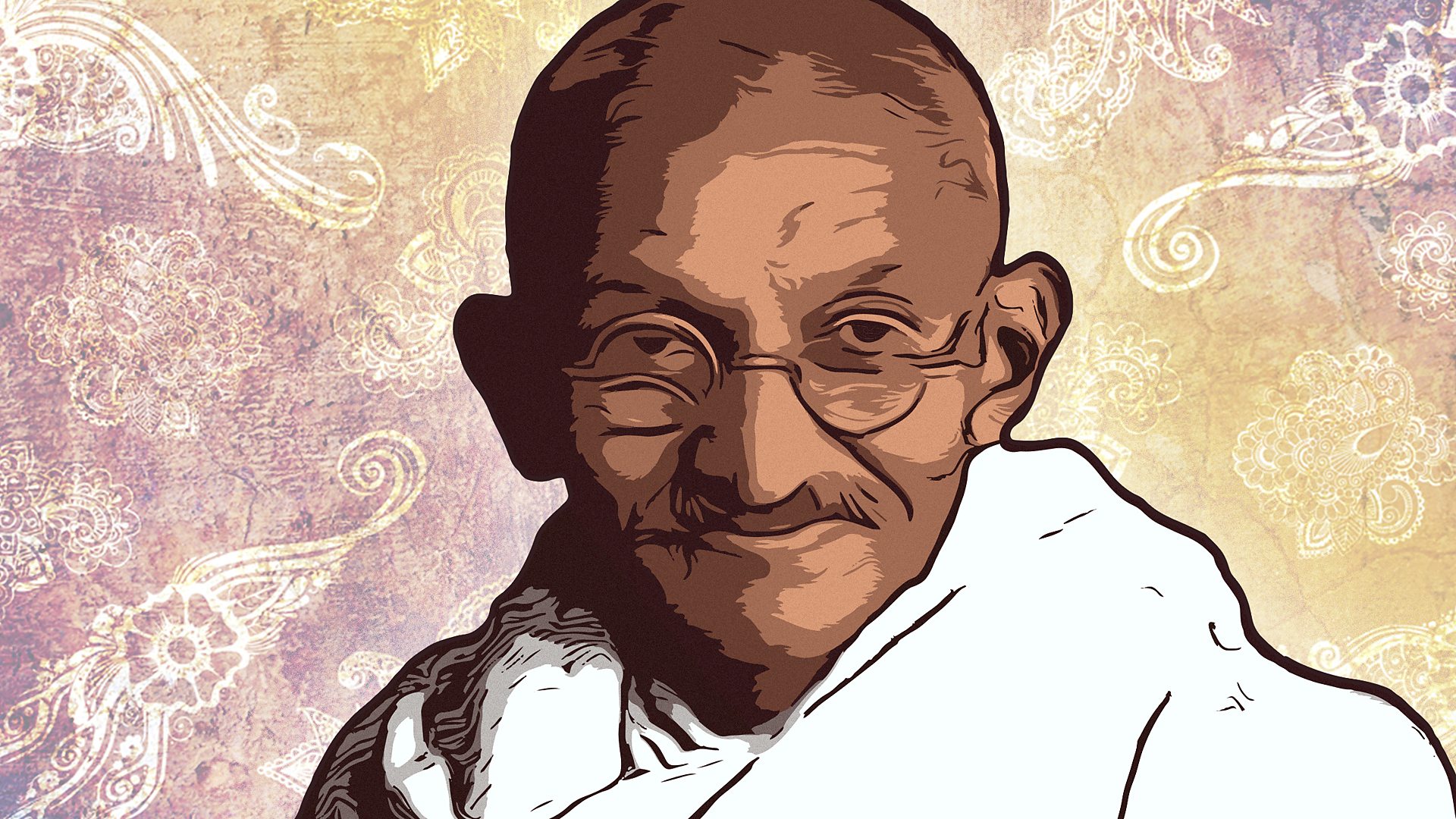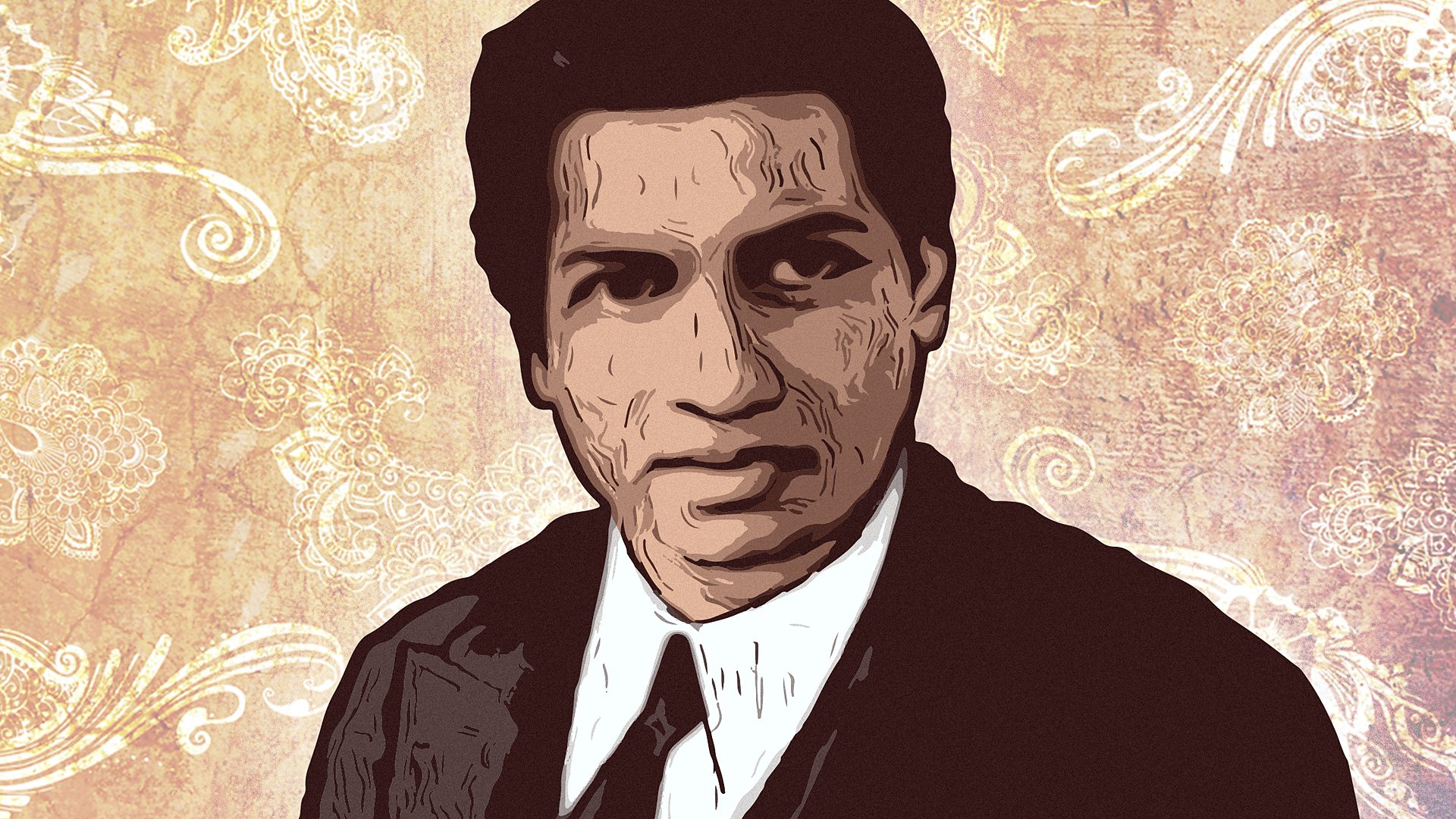Prof. Sunil Khilnani explores the life of Lakshmibai, Rani
of Jhansi, the queen who fought against the British and became a heroine of
India's 1857 Rebellion.
"The Rani was certainly no ordinary queen," he
says of the woman who was listed by Time magazine as one of its 'Top Ten Badass
Wives'. A typical day for Lakshmibai involved weightlifting, wrestling and
steeplechasing - all before breakfast. Yet, despite her physical prowess, she
was a reluctant rebel. She was drawn into the uprising only when the British
annexed Jhansi after her husband died. The legend goes that, when the Rani's
fort was under siege from the British, she mounted her horse, her young son
holding on tight behind her, and leapt to freedom from the ramparts.
The most iconic image of the Rani of Jhansi is at her last
stand, in battle: again on horseback with her sword held high and the reins of
her horse between her teeth. It's an image that evokes powerful Hindu goddesses
like Kali and Durga. However, Sunil Khilnani argues that, by ascribing its
heroines extra-human powers, supposedly to celebrate them, India is in fact
denying the reality of women's experience.
Listen:
Lakshmibai, Rani of Jhansi: Badass Queen
Match before listening:
backhanded compliment take umbrage charger bookish
given to crossdressing maharaja rani Jhansi
an insult that contains some praise a horse used in battle nerdy
fond of king to take offence queen
a province in Uttar Pradesh, India dressing as the opposite sex
Guide questions:
1. Why did many indian workers refuse to load enfield rifles?
2. Why do many Indian women take offence when Lakshmibai is compared with men?
3. What did Lakshmibai usually do before breakfast?
4. How high off the ground was Lakshmibai's famous jump?
5. What does Lakshmibai signify to many Indians?
6. What was Lakshmibai's maharaja husband fond of doing?
7. What excuse did the British give for annexing Lakshmibai's territory?
8. What did the rebels do to the British families stationed in Jhansi?
9. How did the British manage to locate the water supply?
10. How did Lakshmibai actually escape from the fort, according to a priest?
11. Why does the presenter think Indian society portrays women like Lakshmibai as goddesses rather than real women?
Use the answers to these questions to retell the story of Lakshmibai to your group.
Professor Sunil Khilnani looks at the contribution Sir
William Jones made to our understanding of Indian history and culture. Jones
set sail for India at the end of the 18th century where he became one of the
greatest advocates for studying the glories of India's past. Already a master
of many languages, he learned Sanskrit which he declared "more perfect
than the Greeks, more copious than the Latin and more exquisitely refined than
either". He introduced a radical idea: that Sanskrit and Europe's
classical languages were all tributaries of a single, lost linguistic river.
Professor Khilnani describes Jones as "a man who arrived in India and
studied its culture with humility and then sought to awaken the West to its
riches. The irony is that he also awakened the East".
Listen:
William Jones: Enlightenment Moghul
Match before listening:
frigate stint Orientalist uncanny
sanskrit goldmine Shakuntala catalyst
an extremely rich resource of knowledge someone who changes a lot of things
ancient Indian language and writing system a scholar of asiatic cultures
strange or mysterious a play written in Sanskrit a short stay a naval ship
1. How many languages did Jones eventually learn?
2. Which language did he never learn?
3. What was Jones actually in India to do?
4. How much classical Indian literature is preserved in Sanskrit?
5. What did Jones' father do?
6. What was the first language Jones fell in love with?
7. How was the room in which Jones learnt Sanskrit cleaned?
8. What was Jones's biggest discovery about Sanskrit?
9. What happened immediately after Shakuntala was published in English?
10. How was the play seen in Victorian times?
11. How is William Jones an Orientalist in a positive sense?
Use the answers to these questions to retell the story of William Jones to your group.
Professor Sunil Khilnani, from the King's India Institute in
London, looks at the life of Indira Gandhi, India's first woman prime minister,
whose darkest moment was a two year period known as "the emergency".
Jails filled up with her critics while journalists and editors were detained
alongside the political opposition. Those arrested could be held without trial
and and she attempted to reduce the birth rate by offering men incentives to be
sterilized. "Indira Gandhi in many ways issued the greatest threat to
democracy in independent India's history," says Professor Khilnani,
"weakening constitutional regularities established by her father. Yet the
enduring effect of her rule was to open the state to a deeper and more
accessible democracy".
Listen:
Indira Gandhi: The Centre of Everything
Match before listening:
Nehru political animal nepotism to defer to rhetoric The Congress
The BJP mollification infighting botched efforts sikhism
The first Prime Minister of India to let another person decide conflict
a monotheistic religion from the Punjab the favouring of relatives
the art of political speech becoming more peaceful in character failures
India's oldest political party India's largest political party
a person with a natural talent for politics
1. What happened to some of the people named in the journalist's notebook?
2. What did Indira Gandhi do during The Emergency?
3. Why is Indira Gandhi hated by many intellectuals?
4. Who was Indira's father?
5. Did she have any brothers or sisters?
6. What events brought Indira to power?
7. What was the difference between Gandhi's rhetoric and her policies?
8. Why did Gandhi decide to bypass parliament?
9. What did poor people get in exchange for sterilisation?
10. Which party did Gandhi represent?
11. Which party is currently in power in India?
12. What kind of temple was attacked by Hindus in 1984?
13. Who assassinated Indira Gandhi?
Use the answers to these questions to retell the story of Indira Gandhi to your group.
Professor Sunil Khilnani explores the life and legacy of the
Mahatma Gandhi: lawyer, politician and leader of the nationalist movement
against British rule in India. He is generally admired outside India, but is
the subject of heated debate and contention in his homeland. Some view him as
an appeaser of Muslims, and blame him for India's partition. Others regret
Gandhi's induction of Hindu rhetoric and symbols into Indian nationalism,
revile him for his refusal to disavow caste, believe he betrayed the labouring
classes, and are appalled at his views on women. "It's unsurprising that
Gandhi provokes such a barrage of attacks," says Professor Khilnani.
"His entire life was an argument - or rather, a series of arguments - with
the world."
Listen:
Gandhi: In the Palm of Our Hands
Match before listening:
naive icon flatterers revile disavow
eccentricity legitimacy asceticism
teapot ears vetted formidable sacrificial
symbolic person speak against severe self-discipline
ability to be defended by logic and reason oddness / peculiarity
checked out / investigated strong / powerful sticking out ears
people who only say good things about you speak hatefully of
for the purposes of atonement childish / simplistic
1. Why did the audience in the movie theatre applaud and cheer as Gandhi was shot?
2. Why does the presenter compare Gandhi with Lenin, Stalin and Hitler?
3. Where did Gandhi go at age 19?
4. What was Gandhi's view on power based on fear?
5. Why did Gandhi decide to wear only minimal garments?
6. How did Gandhi see family?
7. How did Gandhi manipulate the media in the famous Salt March?
8. Why did he chose relatively unknown people to accompany him on the march?
9. What Gandhi trying to show with the Salt March?
10. What made Gandhi's assassin decide to kill him?
11. How did Gandhi feel about himself at the end of his life?
Use the answers to these questions to retell the story of Gandhi to your group.
Sunil Khilnani tells the story of the mathematician
Srinivasa Ramanujan.
We are accustomed to mathematicians as enigmatic beings, but
the case of Ramanujan, one of the most important mathematicians of the
twentieth century, is particularly mysterious. His life seems to be have been
spun from the stuff of fiction and film. It's told most often as a tale of a
deeply religious, largely self-taught savant, rescued from an obscure south
Indian town and brought to Cambridge by a don - where, just as his world changing
potential was being unlocked, he died at the age of 32, leaving his greatest
insights still secret.
Listen:
Ramanujan: The Elbow of Genius
Match before listening:
enigmatic savant vexed farseeing
erase deliverance utilitarian slate
a small handheld blackboard mysterious insightful
much debated salvation practical wipe out genius
1. How old was Ramanujan at his death?
2. Which kinds of scientists are using Ramanujan's work today?
3. What do Ramanujan's working papers look like?
4. Why is Ramanujan so important in the history of today's digital world?
5. What was Ramanujan's annual salary before we went to Cambridge?
6. What did Ramanujan's work often lack?
7. What makes something "proof" in the strict scientific sense?
8. Why might Ramanujan might have avoided writing down proofs?
9. What did G H Hardy say about Ramanujan?
10. What kind of community was Ramanujan born into?
11. What was mathematics used for in this community?
12. Why was Ramanujan hungry in Britain?
13. What is pi? How did Ramanujan 'tame' pi?
14. What are partitions?
15. What are mock theta functions?
Use the answers to these questions to retell the story of Ramanujan to your group.
Sunil Khilnani profiles the life of Malik Ambar, an Ethiopian slave who rose to become a power-broker and king maker.
Malik Ambar's story challenges some of our familiar
perceptions of slavery. He was part of a tradition of military slavery which
created elite warriors, educated and nurtured by their masters and treated
almost like sons. Once freed, his power base grew. He took on the mighty Mughal
Empire of the north using sophisticated guerrilla tactics and an ability to
harass his enemy under cover of darkness.
Listen:
Malik Ambar: The Dark Fated One
contempt power broker Mughals
severed head textiles circuitous diaspora
compatriots social mobility gullies
parlance harem cliche opportunist
someone who decides who will rule total lack of respect
cultural groups who have left their home countries
valleys very indirect route fellow countrymen
specialised language palace of women Muslim rulers who invaded and ruled India
cut off head common idea (often misleading)
someone who rises to power unexpectedly and quickly
fabrics the ability to rise in society
1. What happened at the cricket match Gujarat?
2. Which famous Indian had racist ideas about africans?
3. What are the "habshi"? Where did they come from?
4. What does the painting show?

5. When did military slavery begin in the Arab world?
6. Which city did Malik Ambar first go to from Ethiopia?
7. What does the price of Malik Ambar's sale as a slave tell us about him?
8. What did Malik Ambar learn from his last master?
9. Why is that slaves were often able to rise to power?
10. What is Fair and Lovely?
11. How do the descendants of Habshi's live today?
12. Who were Malik Ambar's enemies?
13. How did he cut off their supplies?
14. How is the painting above misrepresenting the facts?
20 Question Kahoot
https://quizlet.com/nz/490538097/incarnations-general-vocab-overview-flash-cards/?new






No comments:
Post a Comment